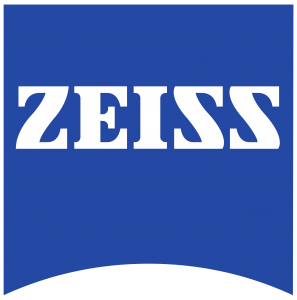Inline Metrology New Technology
A Game Changer for Inline Metrology: Correlation-free measurements with ZEISS AICell trace
Inline Metrology advancements by Zeiss
Correlation-free measurements will change inline metrology measuring technology fundamentally and permanently and also the world of manufacturing. The robotic cell AICell trace from ZEISS not only enables automotive manufacturers to make measuring and production more efficient, additionally the new product delivers reliable results starting with the very first component. Production floor cameras, markers and the sensor ZEISS AIMax cloud secure inline metrology processes. The system is used for dimensional accuracy of process-relevant features like bolts, holes, edges, rivets, nuts under sheet metal, T pins and ball pins and also gap-and-flush measurement in body shell work and final assembly.
This innovative new product not only enables automotive manufacturers to make measuring and production more efficient, but also brings them significantly closer to the Smart Factory of tomorrow.
Reliable results starting with the very first component Due to their high quality standards, car body production processes all over the world are monitored using in-line measuring systems. 100% inspections are performed without interrupting the production cycle when there are significant deviations from pre-defined characteristics. Generally, the measurement data for a car body part captured in-line must be compared with the measurement performed on a highly precise coordinate measuring machine using correlation measurements. This requires a lot of time and effort and increases the workload in the measuring lab. The trend towards a batch size of one is increasingly becoming a problem for companies. The goal of correlation-free measurements is to significantly reduce the enormous workload in the measuring lab.
The solution is ZEISS AICell, a networked system comprising a 3D sensor, cameras, reference points and markers. The highly precise AIMax cloud performs in-line measurements of features, such as bolts, holes and edges, in a fraction of a second. Markers on the sensor are used to monitor and calculate the position. The markers are coded using gray-scale values and affixed to the sensor. Cameras then continually identify the positions. This networked system now makes it possible to acquire reliable and informative measurement and inspection data with the desired level of precision beginning with the very first part. The correlation or comparison measurements in the measuring lab are kept to a minimum, which also reduces the workload in the measuring lab. With correlation-free measurements, ZEISS also enables more efficient structures and radically shortens the entire production ramp-up time.

